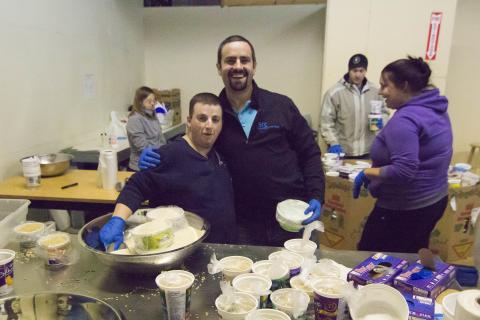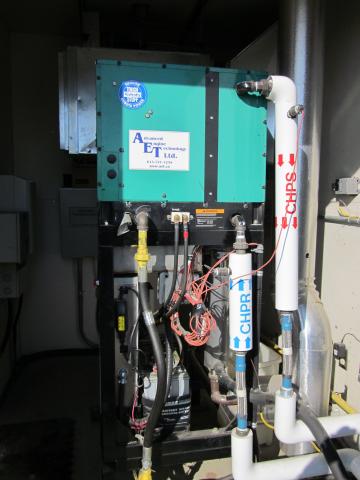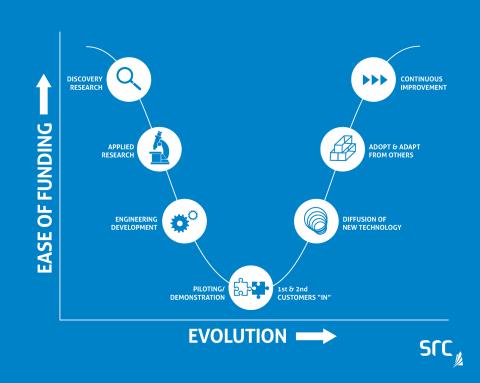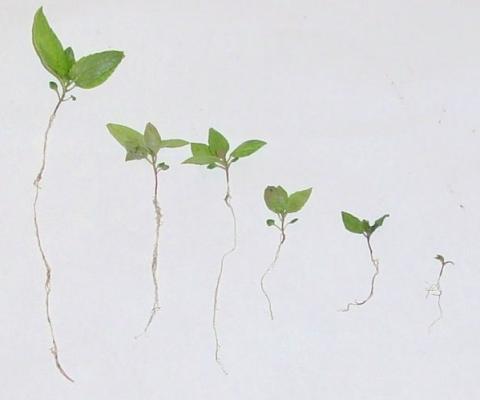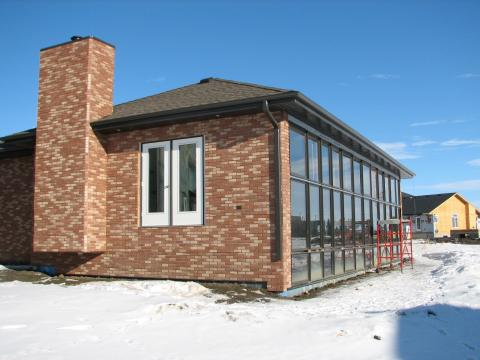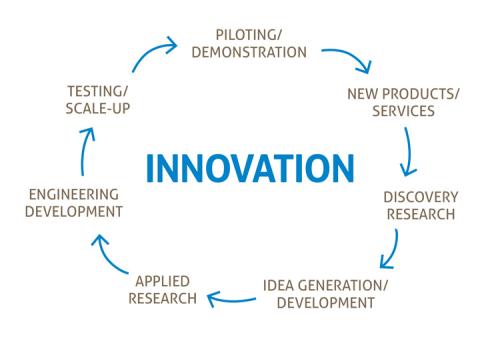Inside SRC
When it comes to how to get innovation done, and how to get through the Valley of Death, such discussions usually lead to questions about Research and Technology Organizations (RTOs).
SRC employees are volunteering at Saskatchewan food banks as part of a new employee volunteer program. The Saskatoon Food Bank has seen firsthand the impact SRC’s employees have made on the community and the impact volunteering has made on SRC’s employees.
In 2011, SRC completed a pilot CHP project at Inland Metal’s manufacturing facility in Regina. The project used first-to-market CHP technology that captures heat from a natural gas-powered internal...
Discussions of how innovation actually gets done inevitably lead to discussions about the “Valley of Death.” So what is the Valley of Death?
November is Lung Cancer Awareness Month. The Canadian Lung Association says that radon gas is the second-leading cause of lung cancer in Canada. So, what is radon and how do you know if you are being exposed to it?
The boreal forest is home to Canadian industry, from mining, oil sand production and forestry to oil and gas production and agriculture, as well as many communities. A new toxicity test will help reduce the impacts of industrial activity and protect the boreal forest.
The path to any particular innovation can start almost anywhere - a new idea, trial and error or a solution to a specific problem or opportunity.
If you are part of a small company, you know that often your best analyst is you. Understanding how well your initiatives are doing in the market is not always clear, and knowing how far you’ve come is hard to reflect on. So what are some ways we can fill this knowledge gap?
The Factor 9 Home was a demonstration project by SRC of a single family residence located in Regina, Saskatchewan, Canada. The home features very high levels of energy efficiency and environmental...
This may sound like heresy, but research and technology organizations (RTOs), universities, colleges, and even private-sector research and engineering companies seldom literally “do” innovation.

